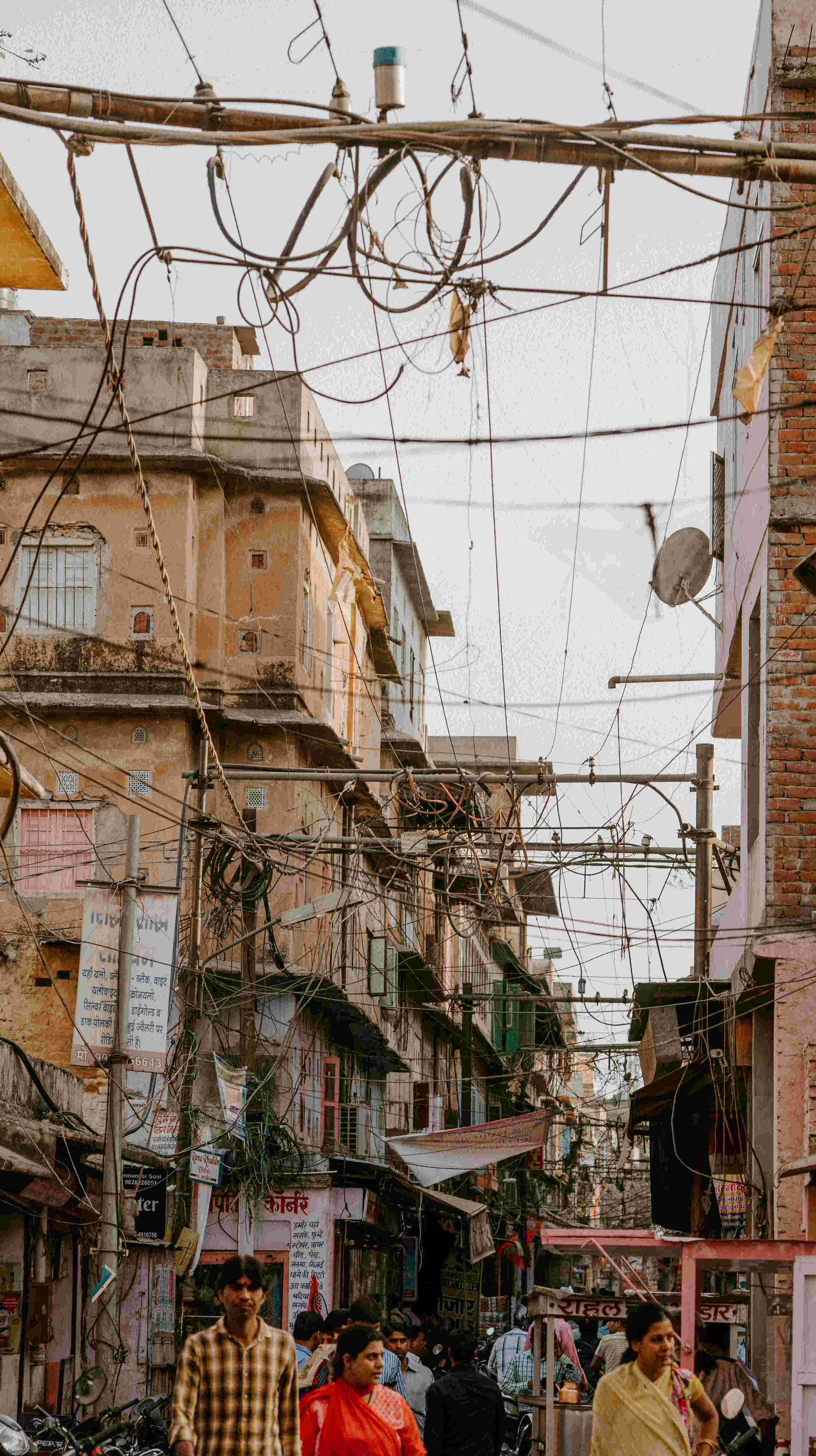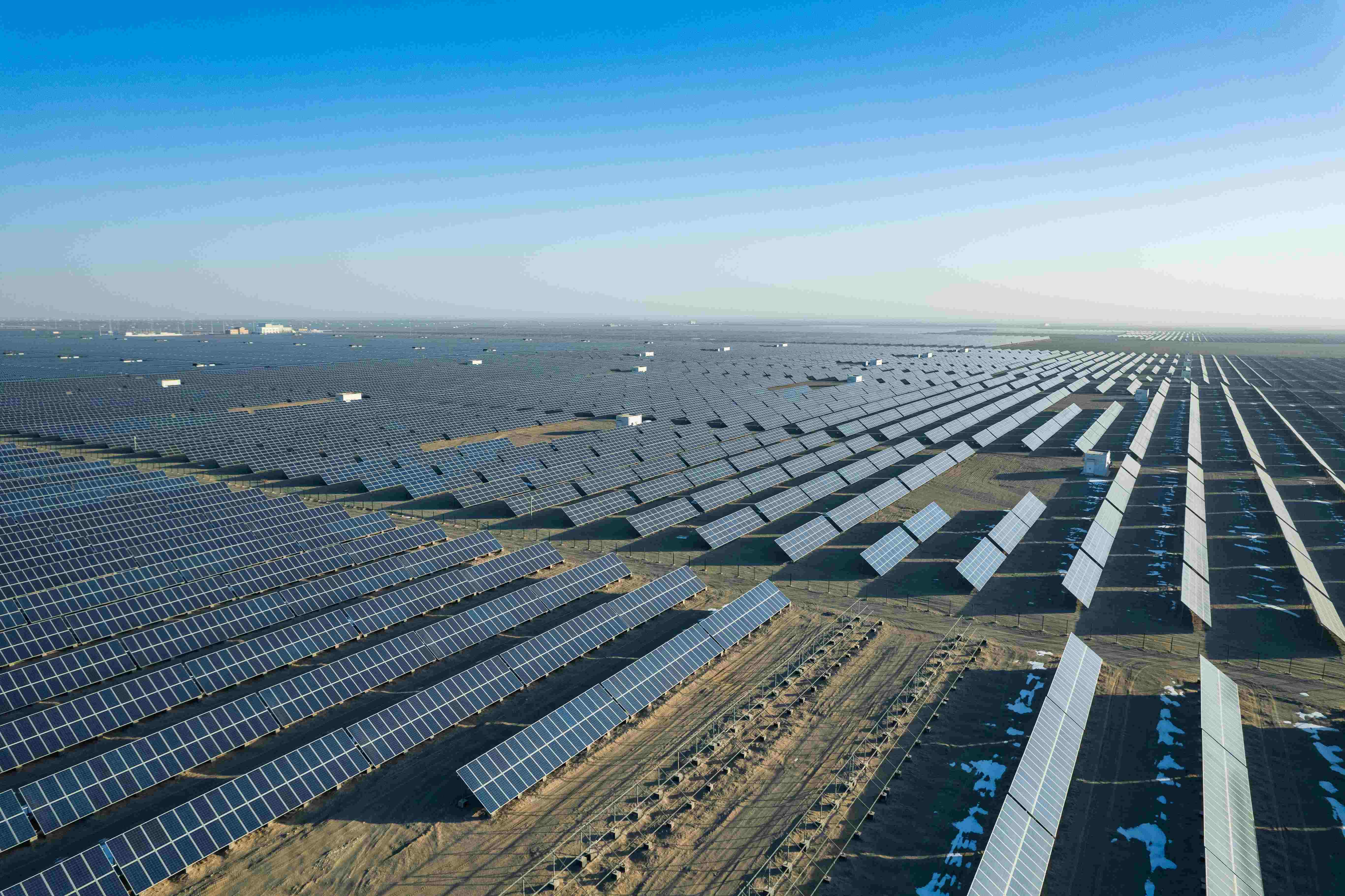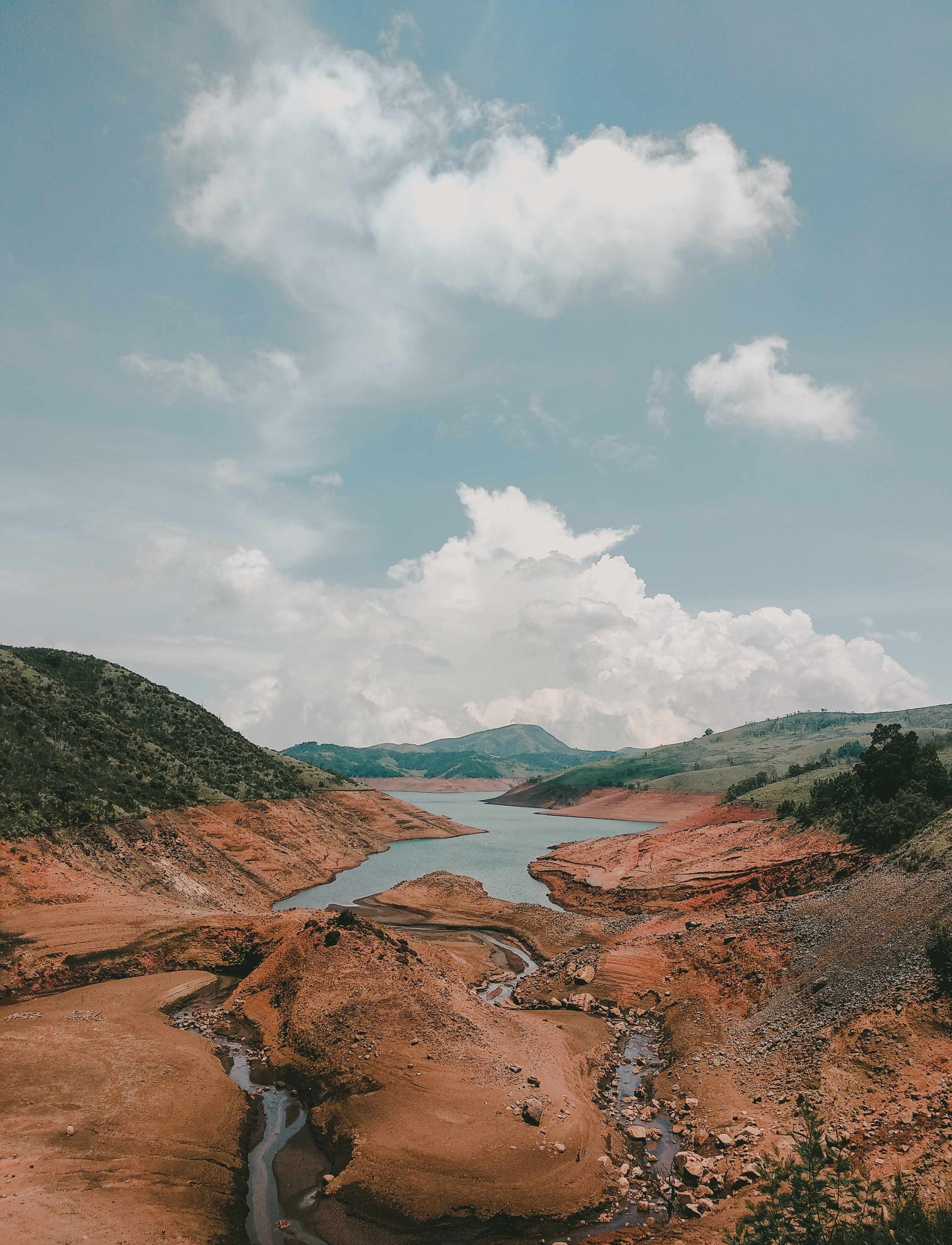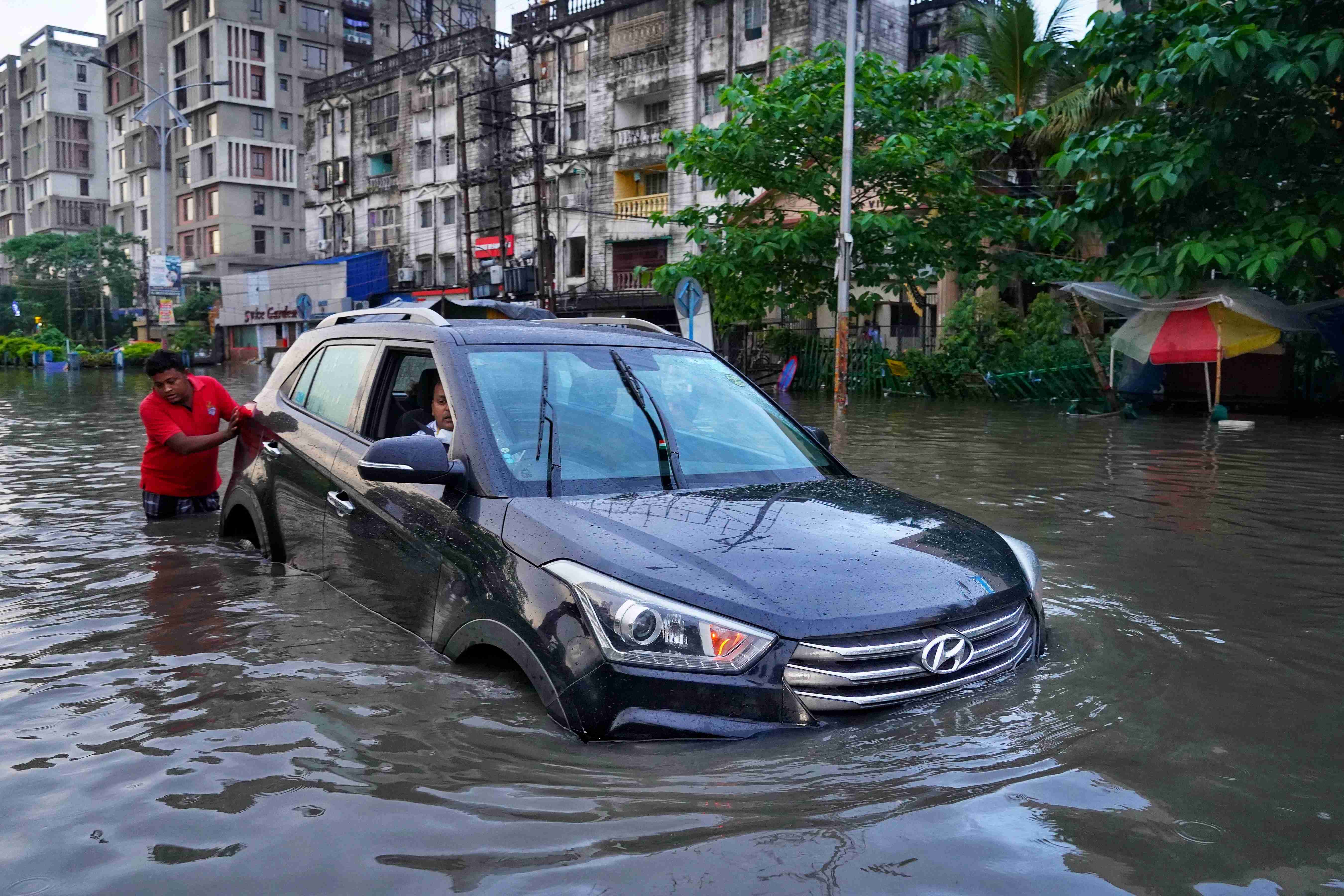Episodes

Thursday Dec 14, 2023
Thursday Dec 14, 2023
The implementation of net zero initiatives across the globe is at the forefront of most governments and leadership authorities' strategic policies, none-more-so than China and India; two of the world’s biggest carbon emitters.

South Asia has witnessed a growth in energy demand over the past two decades, increasing by over 50% since 2000. Rising demand has been driven by factors such as an increasing population and growth in the manufacturing sector. In Bangladesh, Bhutan, India, Nepal and Sri Lanka in particular, electricity demand has grown on average by more than 5% annually over the past two decades and is expected to more than double by 2050.
However, approximately two-thirds of the energy use in South Asia is imported and the region is marred with electricity shortages, erratic electricity supply, underinvestment in renewables, and energy access challenges.
Growing populations, burgeoning energy demand, frequent extreme climate events like the recent record-breaking heatwaves in India and Pakistan, and geopolitical shocks like the Ukraine war are all likely to exacerbate these difficulties.

According to the International Energy Agency, rapid GDP growth and electrification of energy services caused China’s electricity demand to grow by 10% in 2021 to a massive 157.65 exajoules. That is faster than its economic growth at 8.4%.
Yet despite the implementation of net zero policies, such as its plan to be net zero by 2060, China is still responsible for around a 1/3 of global carbon dioxide emissions, remaining heavily reliant on coal as an energy source and for manufacturing.

The Middle East too is powered almost exclusively on gas and oil, 77% of power came from gas in 2021, and 18% from oil, and despite its perpetual sunshine it stands out as one of the only regions in the world where solar and wind have yet to establish themselves. Saudi Arabia has published big plans for renewables, but there has been limited demonstrable progress towards those so far. Jordan is the exception, generating 23% of its electricity from wind and solar in 2021.
According to the African Development Bank Group, Africa has an almost unlimited potential of solar capacity (10 TW), abundant hydro (350 GW), wind (110 GW), and geothermal energy sources (15 GW). Yet the investment gap in African renewables is still overwhelming, and fossil fuel companies continue to invest heavily in new fossil fuel exploitation in 48 out of 55 African countries.
With the likes of Sichuan hit by record-breaking high temperatures, unseen in 60 years and water in the region’s rivers dropping to historical lows, what can the engineering community do to effect change across these vast tracts of land?

Helen spoke with three of the Institution’s leading international engineers working in the energy sector, to get their take on energy use and impact in India, China, Africa and the Middle East.
Vijay Raman is a management consultant with over 50 years experience in logistics, transport infrastructure and energy. He has worked predominantly in India and South Asia but his career has taken him all over the world. He is a fellow of the institution, past trustee and international vice president.
Chris Cheung Chief Operating Officer of energy company CLP Holdings Limited in Hong Kong. Chris is responsible for a portfolio of diversified assets including coal, hydro, solar and wind generation in China.
He has over 30 years of experience in the power industry covering maintenance, plant enhancement, technical services and project engineering. Chris is a fellow of the institution and has held international strategy board positions including Hong Kong Branch chair and North East Asia regional chair.
Hassan Ansari is an accomplished business executive with over 37-years experience; delivering engineering projects in Nigeria, Egypt, Saudi Arabia China and Europe.
He is a fellow on the institution, an active member of the Pakistan regional board and Immediate past Chair of the Middle East and Africa region.
Useful Links
We would love to hear your thoughts and comments on this episode. If you would like to get in touch, email us at podcast@imeche.org
You can find more information about the work of the IMechE at www.imeche.org

